Zagan, a bio-engineered human, seeks to dominate through power and politics in 2021. Fenneck, Rich, and Nick must stop him. Sukanya interviews Patreck Farley, exclusively for Different Truths/
Zagan, a bio-genetically enhanced human is looking at furthering human evolution through brute force and politics. It’s the year 2021 and it’s up to Fenneck, Rich and Nick to put a stop him. It’s a sequel to Fatal Encounter: Rise and Fight.
SBM: Beginnings in Action Filmmaking: Many Indie filmmakers focus on abstract concepts, but you chose the action genre. What drew you to action films, and how did your journey into film production begin?
PF: I chose the action genre because it was the one that entertained me the most growing up as a teenager; with films such as Ip Man and Iron Man. At the time I was in martial arts classes about four-five days a week and wanted to combine what I learned into making my films. It began in 2011 in my Digital Video Production and Writing Through Film classes during my senior year of High School.
SBM: Influences and Inspirations: You mentioned that Ip Man played a significant role in your interest in filmmaking. What other films or directors have influenced your style and approach to filmmaking?
PF: Ip Man was certainly my number one inspiration. How Donnie Yen portrays his character and how the action is shot is inspiring. I also really enjoyed Kill Zone 2; another Asian/Action/Martial Arts film. This one also had a dark tone throughout. Other films such as Iron Man, Star Wars III, Narnia: Prince Caspian, and more certainly inspired me to want to tell stories. But my style came from the Chinese Hollywood style of action. It wasn’t until much later I discovered John Wick, in 2021, which helped me mould what I wanted to see in my films. The directors were Wilson Yip, Soi Cheang, and Chad Stahelski.
SBM: Collaboration with Co-Directors: Michael Barnes and Richard Hyer co-directed the film with you. How did your collaboration with them begin, and what has been the most rewarding aspect of working together?
PF: I met Richard Blake Hyer first back in 2012. We were training in martial arts together. Even when he left early on him, and I continued our friendship. We then learned we shared an interest in creating films together. Mick and I met on a film set in July 2017 for Cryptic Darkness: Edge of Humanity Part 1. After we were done filming for the evening, we shared our work with one another and decided to help each other out to further elevate our work together. The most rewarding was seeing all of us improve upon what we initially started so many years ago. What’s nice about working with good friends is the reliability and shared love for the art of filmmaking.
SBM: Martial Arts Background: Your films feature impressive martial arts choreography. Can you share your personal journey in martial arts and how it has influenced your filmmaking?
PF: I originally began in martial arts in 2000 when I was 7 years old. I did karate for about a year and a half before deciding to try other sports. It wasn’t until 2006 that I decided to pursue martial arts again. Now for almost 18 years straight I’ve been training and teaching karate to those around me. I am currently a 2nd-degree black belt in Goju Kenpo and will be testing for my 4th degree as of June 1st this year. I fell in love with the martial arts and am thankful I’ve been able to do it to this day. I’ve had the experiences of karate camps, sparring seminars, karate tournaments, running karate schools, training with other martial arts practitioners and more throughout my life. Of course, this passion also fuelled my desire to combine it with the films that I have been creating.
SBM: Choreographing Fight Scenes: Fight choreography is notoriously challenging. What is your process for planning and shooting these sequences, and how do you ensure they look authentic and engaging?
PF: Fight choreography began for me in 2011. Where I wanted to create fight scenes for my film in high school called Battle Against Fate, as you can imagine, they were not that great. Some were more unrealistic than others. Choreographing fight scenes is different then doing a sparring match in a karate school or a tournament. You have to think of the situation the characters are in, the location, the weapons at their disposal, their skill set, the number of opponents, special abilities, actor limitations and so on before you can begin making the fight scene happen. Once you have those answers, you begin the fight scene. Normally fight rehearsals ahead of time will help you prepare the fight scene before you film it. But in my experience, I didn’t have that option for pretty much all of my films and let me tell you why. In my early days, people would allow me so much time for their help and others would live far away like in my current film. So a way I had around that would be to write out the fight choreography in my head, and also slightly improvise the day of if better ideas or limitations came when we were filming. Involving the camera in the fight scenes helped make the fight more engaging when you have more angles to switch back and forth to. So my process overall is to write it out, plan ahead, then upon shooting I will incorporate my surroundings and character skills into the fight while involving the camera to either be far away for some shots and closer in others to make it the most engaging and realistic.
SBM: Portraying Multiple Characters: You and your team played multiple roles in the film. How did you manage to differentiate these characters, particularly in terms of body language and movement?
PF: Yes, we did. Every character has their own motivations and flaws that keep them going in our film. Sometimes these motivations clash with one another. Keeping this in mind we wanted to see each character at their strongest in terms of intelligence and battle skills. So it was important for me to give each character the challenge they deserved on screen. Rich is a disenfranchised government agent; so, he would have the skills to hack computers and camera systems. Along with a speciality in hand-to-hand combat and weapons. Fenneck is an experienced martial artist, zen expert, and a professional in close-range combat involving weapons. Nick is an ex-SGC (Sacrifice for a Greater Cause) member, who has knowledge about the criminal organization that anyone else would have. This also involves special training from them which gives insight into the fighting style from the villains. But he also has a short fuse with his anger and vendetta towards Abigor. So when you look at these three characters more closely you can see where the level of thinking and skills would be drastically different from one another. This helped us create some fun and interesting fight scenes for our film.
SBM: Technical Aspects: Given the dynamic visuals in your films, what kind of gear do you use for filming, and how do you achieve such high production quality on an indie budget?
PF: We mainly shot our film on the Sony Alpha cameras. Sony A7SIII and Sony A7III. We focused on using the A7SIII more because of the higher bit rate of the camera. The quality difference was a huge difference for my team and I. Paired with the Sony G-Master series 24-70mm lens, Davinci Resolve, custom music made and composed by Walperion Music, and more. We used all this to make our film stand out in terms of quality and sound design.
SBM: Series Roadmap: With the third part of the Fatal Encounter series in the works, what can viewers expect in terms of story and action? How do you plan to wrap up the series, and are there any plans for future projects?
PF: We’re happy to announce an end to the Sacrifice for a Greater Cause arc that we have been building up to since 2015; with our first Fatal Encounter film. Our viewers can expect a huge finale with lots of intense fight scenes; leading up to the grand finale with a twist they won’t expect. We do have a couple of projects in the planning stages that would carry on the story for Fatal Encounter but would be different from the trilogy that began it all. Fatal Encounter: Emergence of Talents concludes Zagan’s rise to power. After this, we can expect new players, new challenges and other high stakes going forward. But that’s all I can say for now.
SBM: Crowdfunding and Community Support: You mentioned plans for crowdfunding on Kickstarter. How important has community support been in bringing your projects to life, and what advice would you give to other indie filmmakers looking to fund their films?
PF: We began on Kickstarter and then moved things over to Indiegogo afterwards. Community support has always been the motivating factor that has kept us going when times got hard for us. I’d recommend building a team to help build your audience. Spend some time building your audience and let your perks on your campaign be engaging enough to draw people in. With a good team, good marketing and good rewards, your film will surely stand out from the rest.
SBM: Advice for Aspiring Filmmakers: As someone who has successfully navigated the indie film industry, what advice would you offer to aspiring filmmakers who want to make their mark in action cinema?
PF: Just go out there and create some films. Start off with your smaller ideas, build your skills, your crew, audience and so on; before moving on to the bigger projects. Making films today is so much easier than it was even a decade ago. Our phones are a huge game changer and amount of people all around looking at being a part of indie films is always growing. But if you never take that first step you might not ever get to your big steps. My advice as far as action goes is that the more prep you do, the easier it’ll be to film it. Study your favourite action film and ask yourself some questions while you watch it; when do they change the camera angle, how did they do that special effect, what sound effect is in place here? Are they on wires during this stunt?, could I do something similar in my film with my friends or fellow film-makers? Once you start studying your favourite films in this way you begin to learn how they are made and then begin challenging yourself to make your own with your style added to it.
Photo sourced by the interviewer

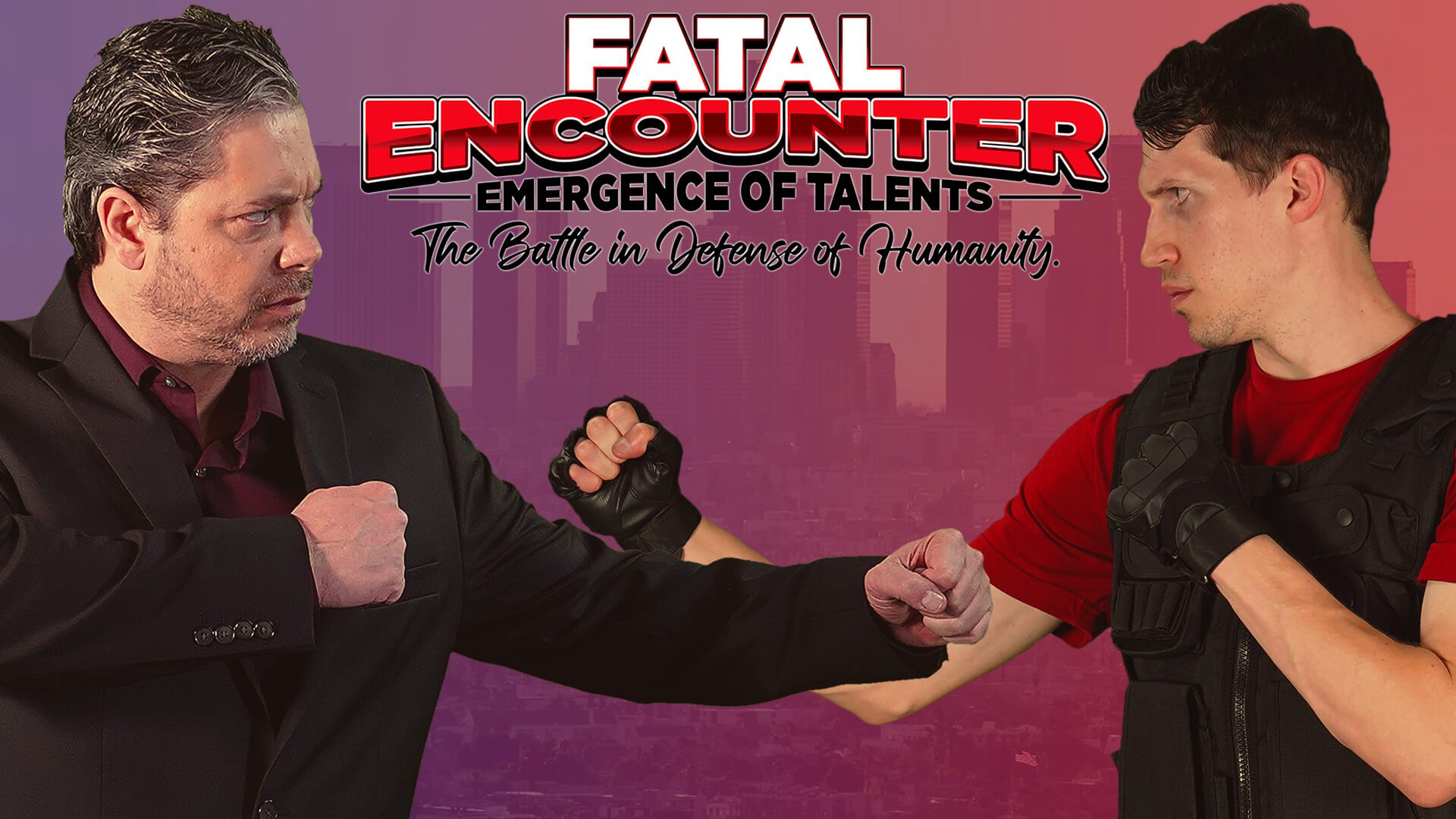
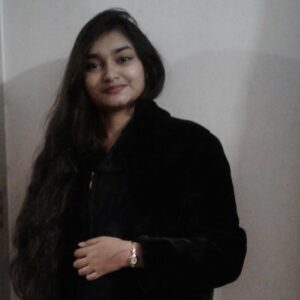
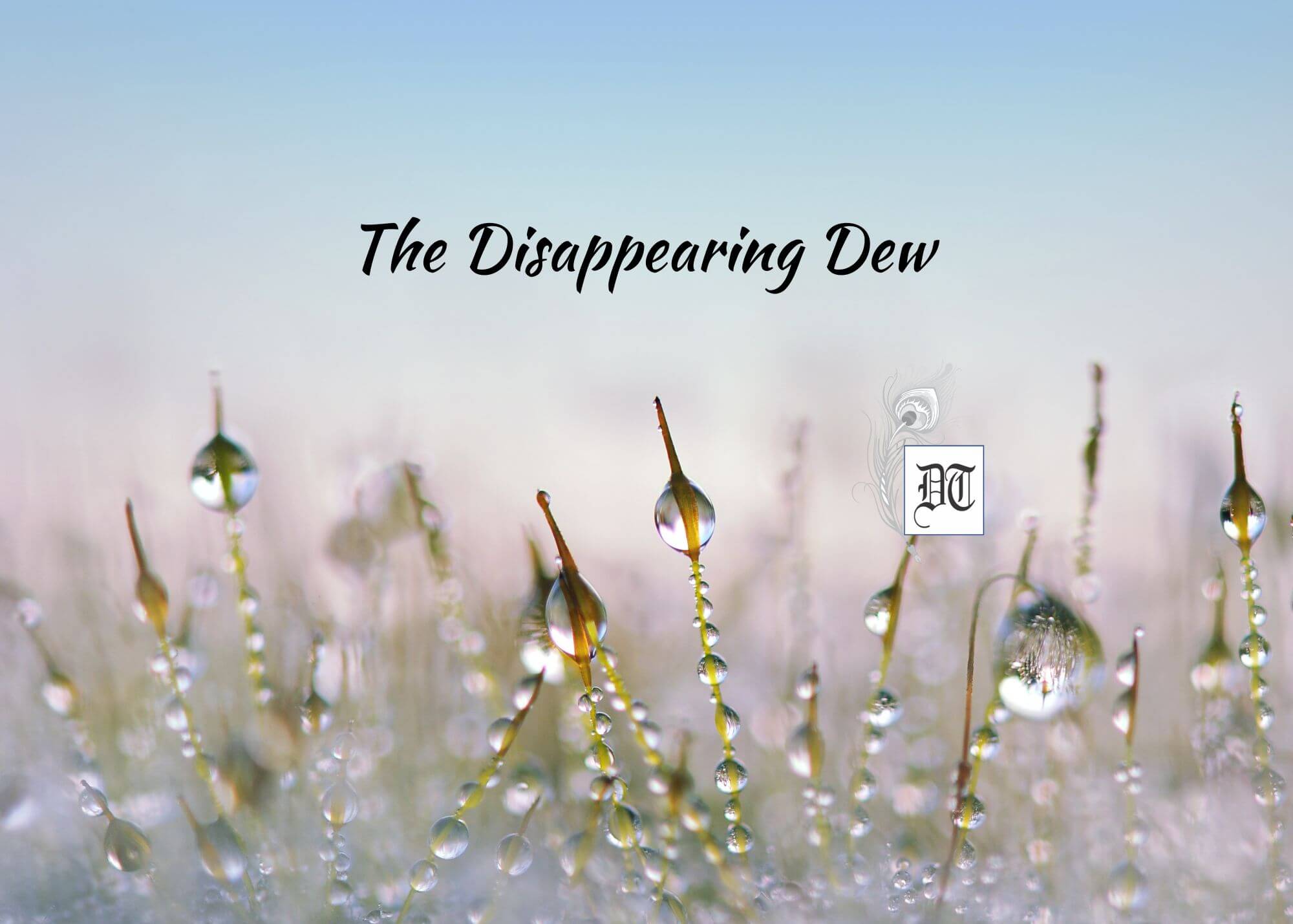
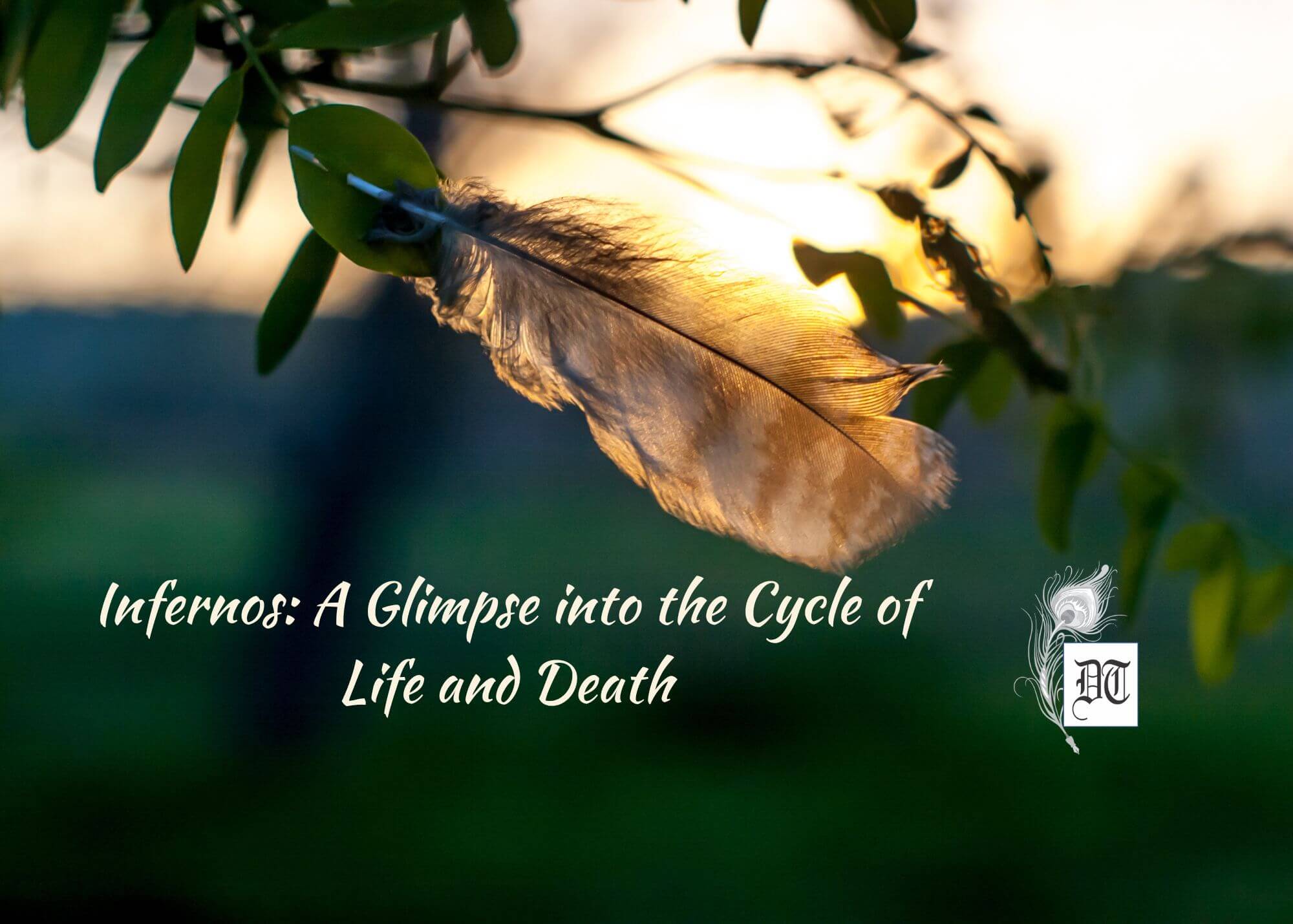
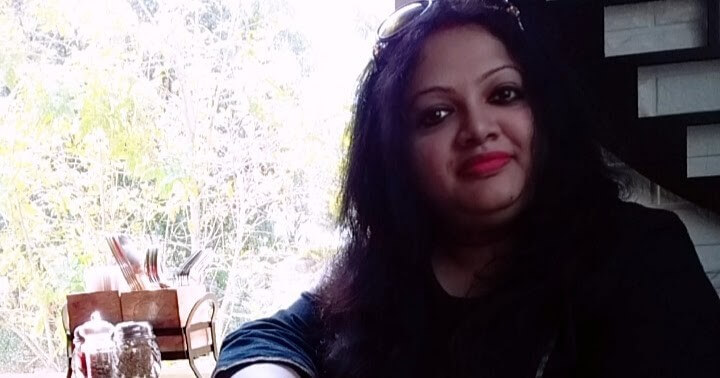
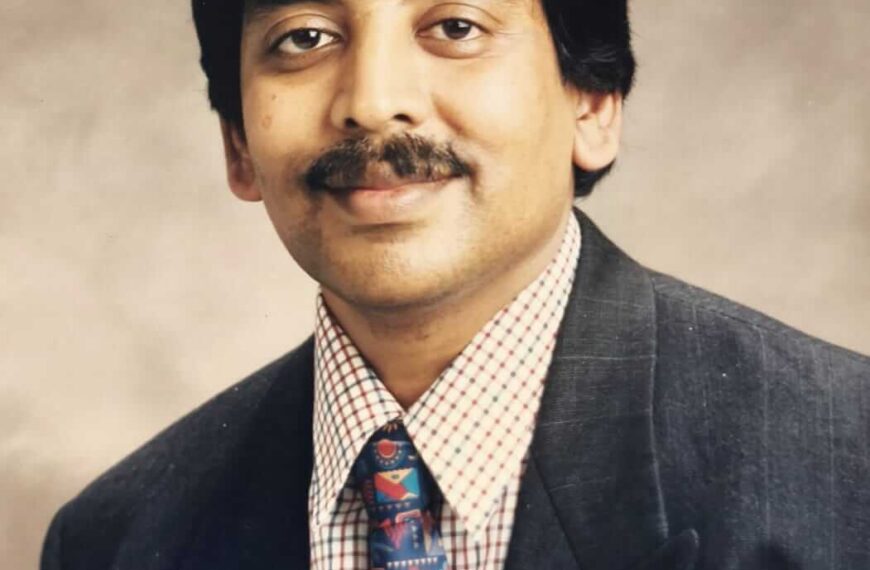
 By
By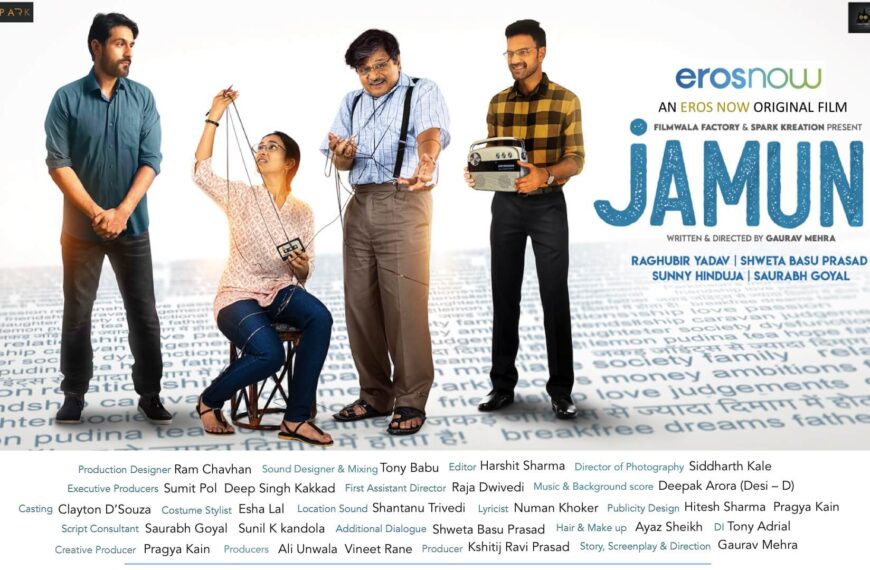
 By
By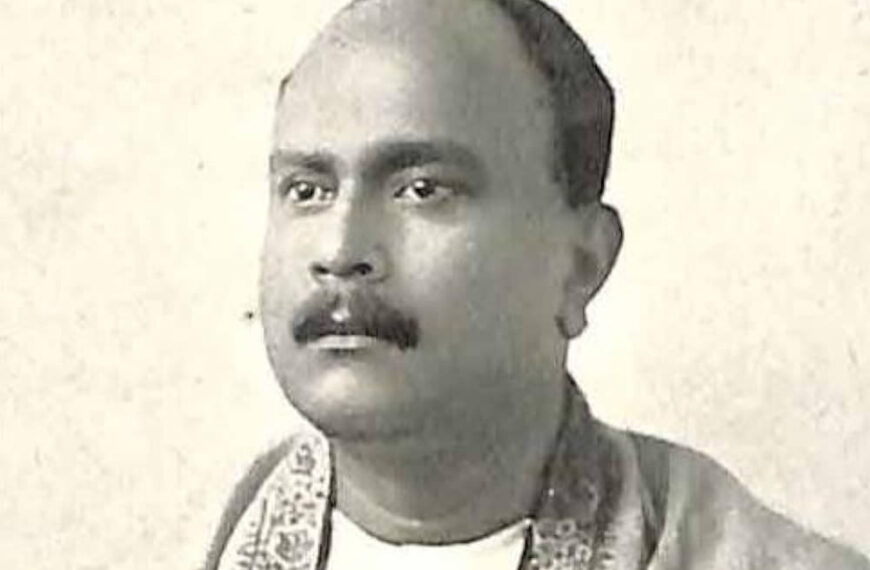
 By
By